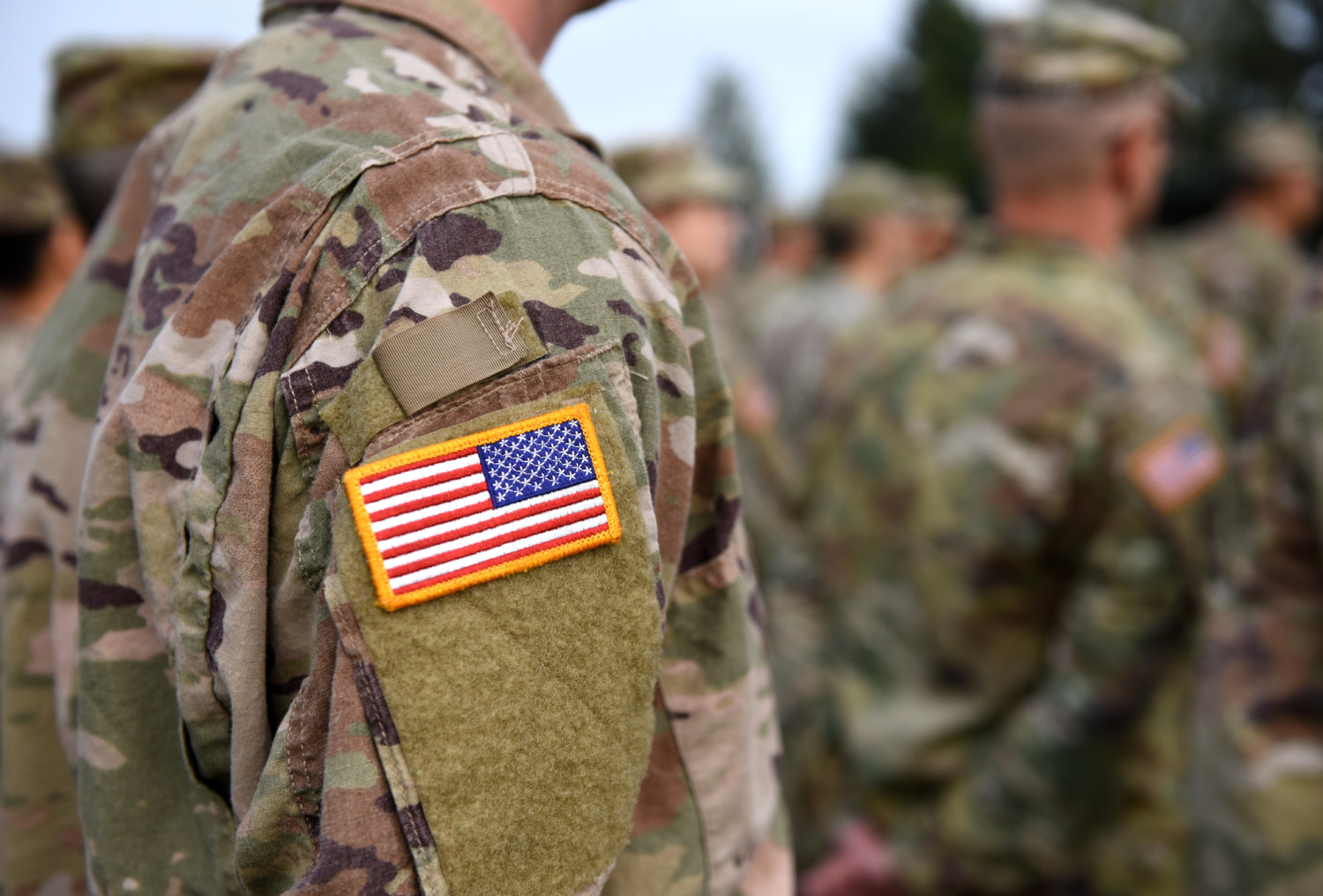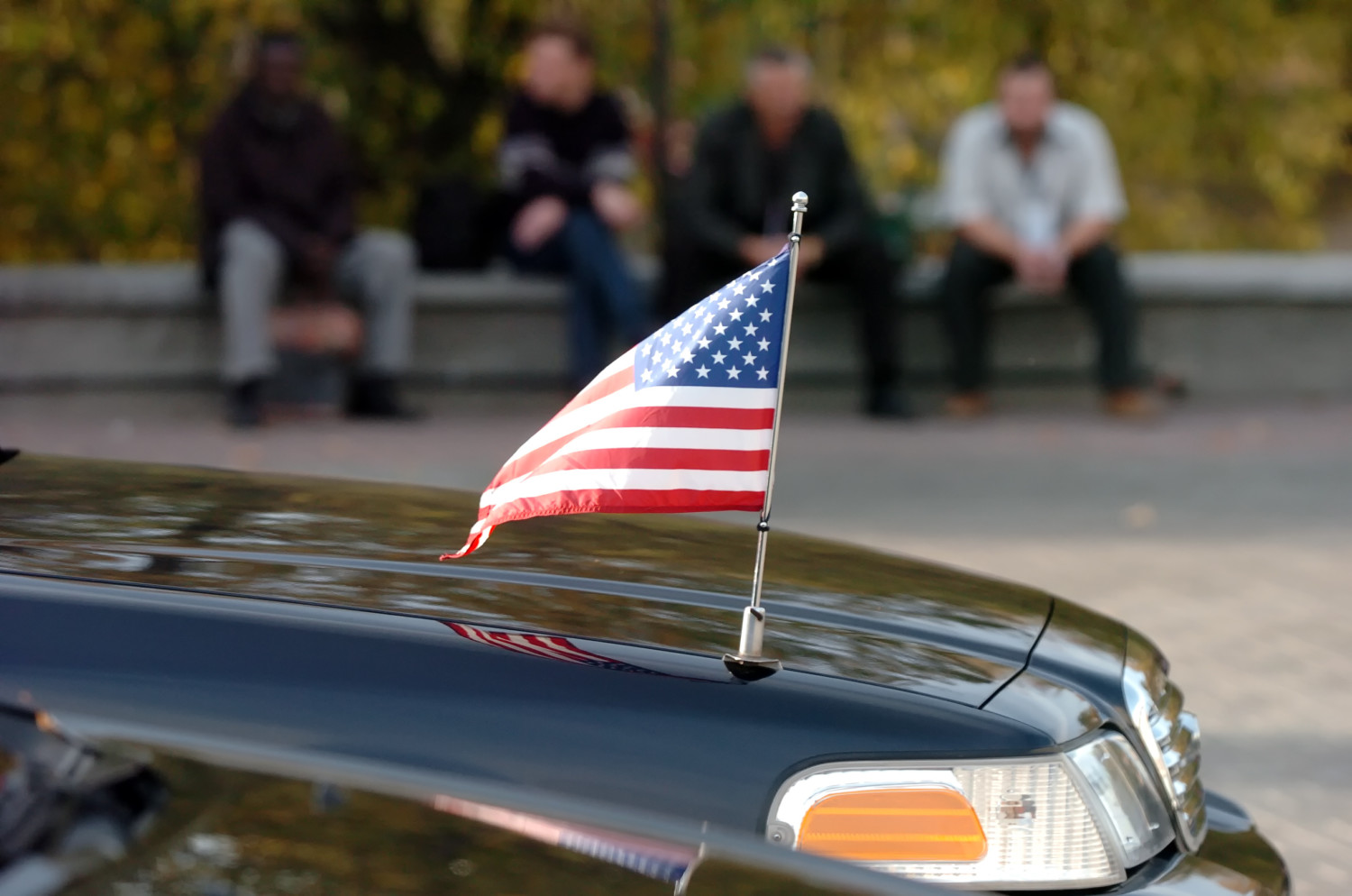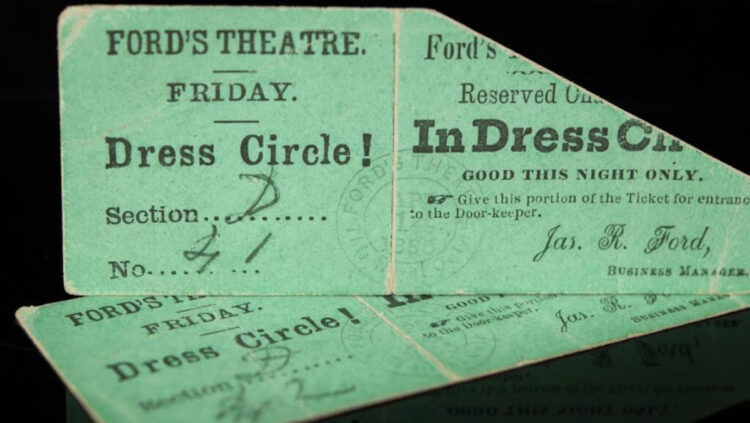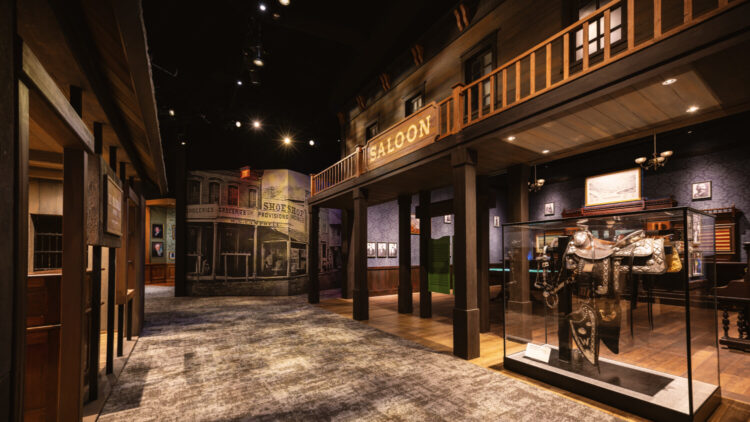Why the American flag is reversed on military uniforms

- March 27, 2019 |Last updated on 04/29/2021
Have you ever wondered why the American flag looks backward on military and other uniforms? The choice is no mere fashion statement. Instead, there is deep meaning behind this alignment.
Army Regulation 670-1 (“Wear and Appearance of Army Uniforms and Insignia”) requires service members to wear their American flag patch with the stars facing forward. When worn in this position, the flag appears to be moving forward, blowing in the breeze as the wearer walks.
The field of stars should also be positioned closest to the wearer’s heart. This means that when worn on the left sleeve, the U.S. flag appears normal. When worn on the right, it looks reversed.
The position of the American flag in this manner is crucial. Flag historians explain that the view of the flag should not be in a retreating position (with the stars facing toward the back of the body).
“[Americans] take [the flag] so seriously that it must always face forward,” Tim Marshall, author of the book “Worth Dying for: The Power and Politics of Flags,” told Business Insider. “Now, on a flagpole that puts the stars on the left-hand side next to the flagpole; that’s the most prestigious position. On an arm patch, you are looking at it differently, and when the soldier or Marine … marches forward, the U.S. flag must face forward. It must not be seen in retreat.”
This also explains why the American flag flies with the stars facing backward on military vehicles and other official government vehicles. When the car moves forward, the flag will appear as it does when it blows in the wind — with the union (the stars) leading the way.
If you are flying an American flag on your car, remember that flag guidelines dictate that the flag should always be on the right side of the vehicle, as highlighted in the photo below.
The American flag came into being in 1777, when historians believe that Philadelphia seamstress Betsy Ross sewed the first one. Between 1777 and 1960, Congress passed several acts that influenced and altered the shape, pattern and arrangement of the flag before finally settling on the stars and stripes design we all know and love today.
By law, there are several places in the United States where the flag must fly 24 hours a day, seven days a week, including the White House and Fort McHenry.
For more interesting flag facts and the correct way to display the flag, visit the U.S. Government website.







